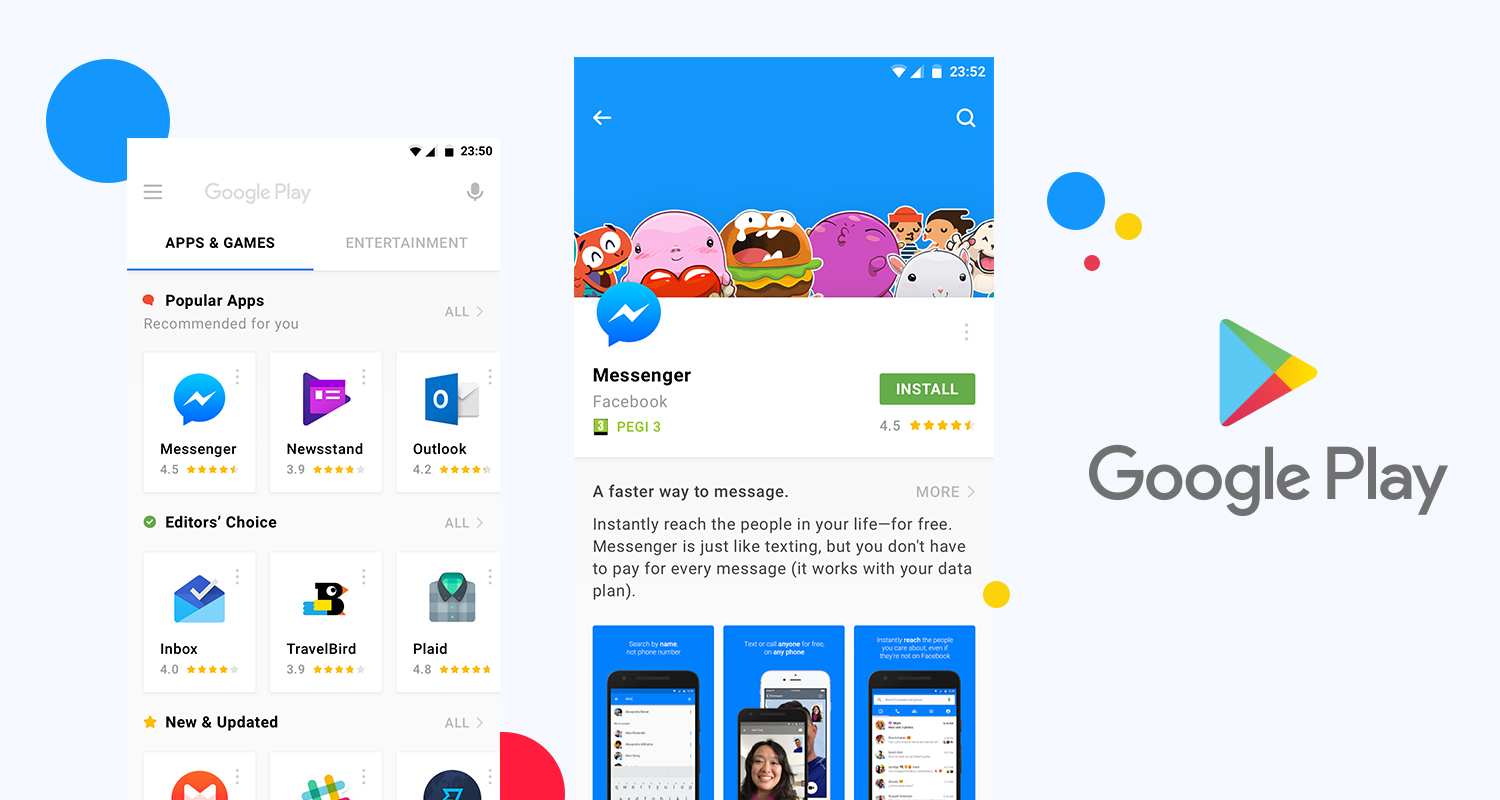Swift programming is a powerful and versatile language for building dynamic applications on iOS and macOS platforms, making it an essential skill for developers of all levels.
Related posts
Exploring Limitless Possibilities of Virtual Reality: A Comprehensive Guide
The Ultimate Guide to Mobile Game Genres: Exploring the Top Categories
1. Introduction to Swift Programming
Swift is a programming language developed by Apple Inc. and used primarily to develop software for iOS, iPadOS, macOS, watchOS, and tvOS. The language was introduced in 2014 as a replacement for Objective-C, and it quickly gained popularity among developers due to its modern syntax, safety features, and speed.
One of the key benefits of using Swift is its ability to reduce development time and improve code readability. Swift is easy to learn and has a simple syntax that makes it easy to read and write code. It also has powerful features that help developers write code faster and more efficiently, such as optionals, closures, and type inference.

Introduction to Swift Programming, Source: asoservice.com
Swift also includes safety features that help reduce the likelihood of common coding errors, such as null pointer exceptions and uninitialized variables. It also has advanced memory management features, such as automatic reference counting and ARC, which help to optimize performance and reduce memory leaks. If you wnat to know more about this language, you can refer by reading Microsoft store app reviews.
In summary, Swift is a modern programming language that offers many benefits to developers. It is easy to learn, has a simple syntax, and offers safety features that help reduce errors and optimize performance. With the support of a vast community and numerous libraries, Swift is an excellent language for building iOS and macOS applications.
2. iOS App Development with Swift
iOS app development with Swift is a popular and rewarding developer career choice. Swift is an excellent language for building iOS applications due to its modern syntax, speed, and safety features. Here are some key concepts and tools to keep in mind when developing iOS apps with Swift:
Xcode: Xcode is Apple's Integrated Development Environment (IDE) for developing iOS applications. It includes a code editor, a debugger, and a visual interface builder that allows developers to create and design the user interface of an app.
Storyboards: Storyboards are visual representations of the user interface of an iOS application. They allow developers to design and lay out the user interface of an app, and connect it to the code using outlets and actions.
View Controllers: View Controllers are the building blocks of an iOS application. They manage the user interface and provide logic for user interaction. Each screen of an iOS app is usually associated with a View Controller.
UIKit: UIKit is a framework provided by Apple that allows developers to build user interfaces for iOS applications. It includes many built-in components such as buttons, text fields, and table views, that can be used to build the user interface of an app.
3. macOS App Development with Swift
macOS app development with Swift is a rewarding career choice for developers who want to build powerful desktop applications for macOS users. Swift is an excellent language for building macOS app reviews due to its modern syntax, speed, and safety features. Here are some key concepts and tools to keep in mind when developing macOS apps with Swift:
AppKit: AppKit is a framework provided by Apple that allows developers to build user interfaces for macOS applications. It includes many built-in components such as buttons, text fields, and table views, that can be used to build the user interface of an app.
Core Data: Core Data is a framework Apple provides that allows developers to manage data persistence in a macOS application. It provides an object-oriented interface for managing data, and can be used to store data in various formats, including SQLite and XML.
Testing: Testing is a crucial part of macOS app development. Xcode includes several tools that allow developers to test their code and ensure that their app works as expected. These tools include unit testing, UI testing, and performance testing.
4. Advanced Swift Programming Concepts
Swift is a powerful programming language that has grown in popularity since its introduction by Apple in 2014. While learning the basics of Swift is relatively easy; mastering advanced concepts can take time and effort. In this essay, we will explore some advanced Swift programming concepts; that can help developers take their coding skills to the next level.
One important concept in Swift is functional programming. This involves using functions as first-class citizens; meaning they can be treated like any other value type. Swift has built-in support for functional programming; with features such as closures, higher-order functions, and functional data structures. By mastering functional programming; developers can write more concise, expressive, and reusable code.
Swift also has a strong emphasis on safety and correctness. One way this is achieved is by using optionals; which allow developers to handle situations where a value may be missing. Swift also has strong type checking, which can help prevent common errors and improve code reliability. By mastering these safety and correctness features; developers can create more robust apps and less prone to crashes.
In conclusion, advanced Swift programming concepts such as functional programming, concurrency, safety and correctness, and performance optimization can help developers create high-quality apps that are efficient, robust, and scalable. While these concepts may take some time to master, the effort is well worth it for those serious about becoming skilled Swift developers.
5. Swift and Cross-Platform Development
Swift is a popular programming language that was introduced by Apple in 2014. Initially, it was designed for iOS, macOS, watchOS, and tvOS app development. However, since its open-sourcing in 2015, Swift has evolved to be used for cross-platform development.
Cross-platform development refers to creating apps that run on multiple platforms, such as iOS, Android, and the web. With Swift, developers can write code once and deploy it to multiple platforms, reducing the amount of code they need to write and maintaining consistency across platforms..
In conclusion, Swift has evolved for cross-platform development, allowing developers to write code once and deploy it to multiple platforms. With frameworks such as React Native, Xamarin, and Flutter, developers can create beautiful, efficient, and responsive apps that run seamlessly across platforms.
6. Best Practices for Swift Programming
Swift is a powerful programming language that is widely used for developing applications for iOS; macOS, watchOS, and tvOS. To write effective, efficient, and maintainable code in Swift; developers should follow some best practices. This essay will discuss some of the best practices for Swift programming.
Follow the Swift style guide: The Swift programming language has an official style guide that developers should follow. The guide covers best practices for naming conventions, formatting, and commenting code. Following the style guide makes code more readable and consistent.
Use optionals: Swift provides an optional type to handle situations where a value may be nil. Developers should use optionals to handle optional values, rather than force unwrapping, which can lead to runtime crashes.
Use guard statements: Guard statements provide a clear and concise way to handle error conditions. They can be used to check for optional values and exit early from a function if a condition is unmet.
Use value types: Swift provides value types, such as structs and enums, which are faster and more memory-efficient than reference types. Developers should use value types whenever possible to improve performance and reduce the risk of memory leaks.
Use protocols and extensions: Swift provides protocols and extensions, which can be used to create reusable code and to extend existing classes and structures. Developers should use protocols and extensions to create modular and reusable code.
Use functional programming: Swift strongly supports functional programming concepts such as closures, higher-order functions, and immutable data structures. Developers should use functional programming concepts to write more expressive, concise, and maintainable code.
In conclusion, following these best practices can help developers write effective, efficient, and maintainable code in Swift. By using optionals, guard statements, value types, protocols and extensions, functional programming, and Swift's error handling, developers can create more robust, expressive, and scalable code.
Conclusion
Swift is a powerful and versatile programming language widely used for developing applications for iOS and macOS. Whether you are a beginner or an experienced developer, learning Swift can open up many opportunities for building innovative and engaging applications. By following best practices, using the latest tools and frameworks, and staying up to date with the latest trends and technologies, developers can create beautiful, efficient, and user-friendly applications that meet the needs of today's users.
Related posts
How to increase app reviews and app ratings for Android or iOS apps free
How to push Top app keyword ranking for Android & iOS apps and games
Thanks so much for reading this article.
Source: https://asoservice.com/
- Tag:
- Promote iOS app













Leave a Reply
Your e-mail address will not be published. Required fields are marked *